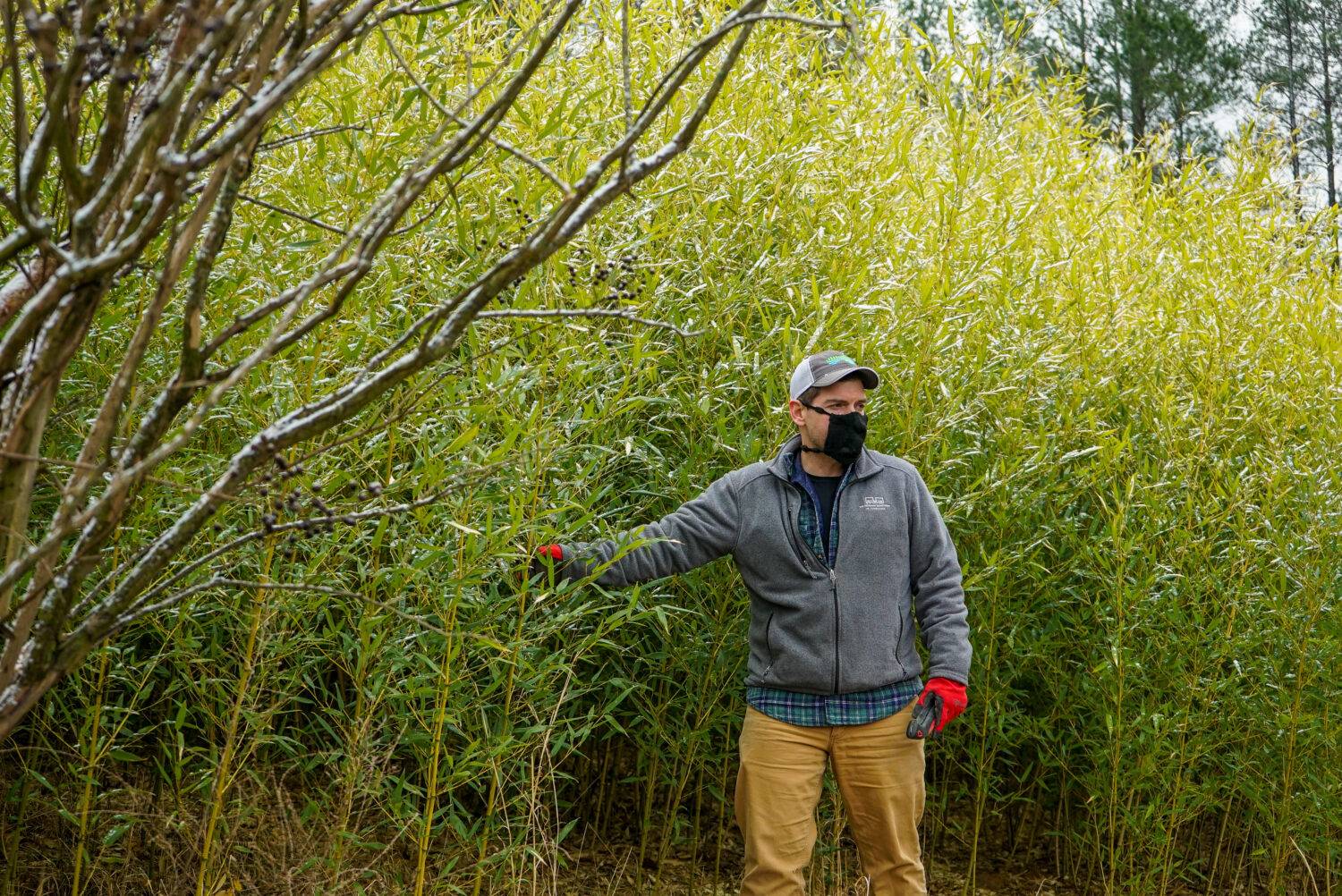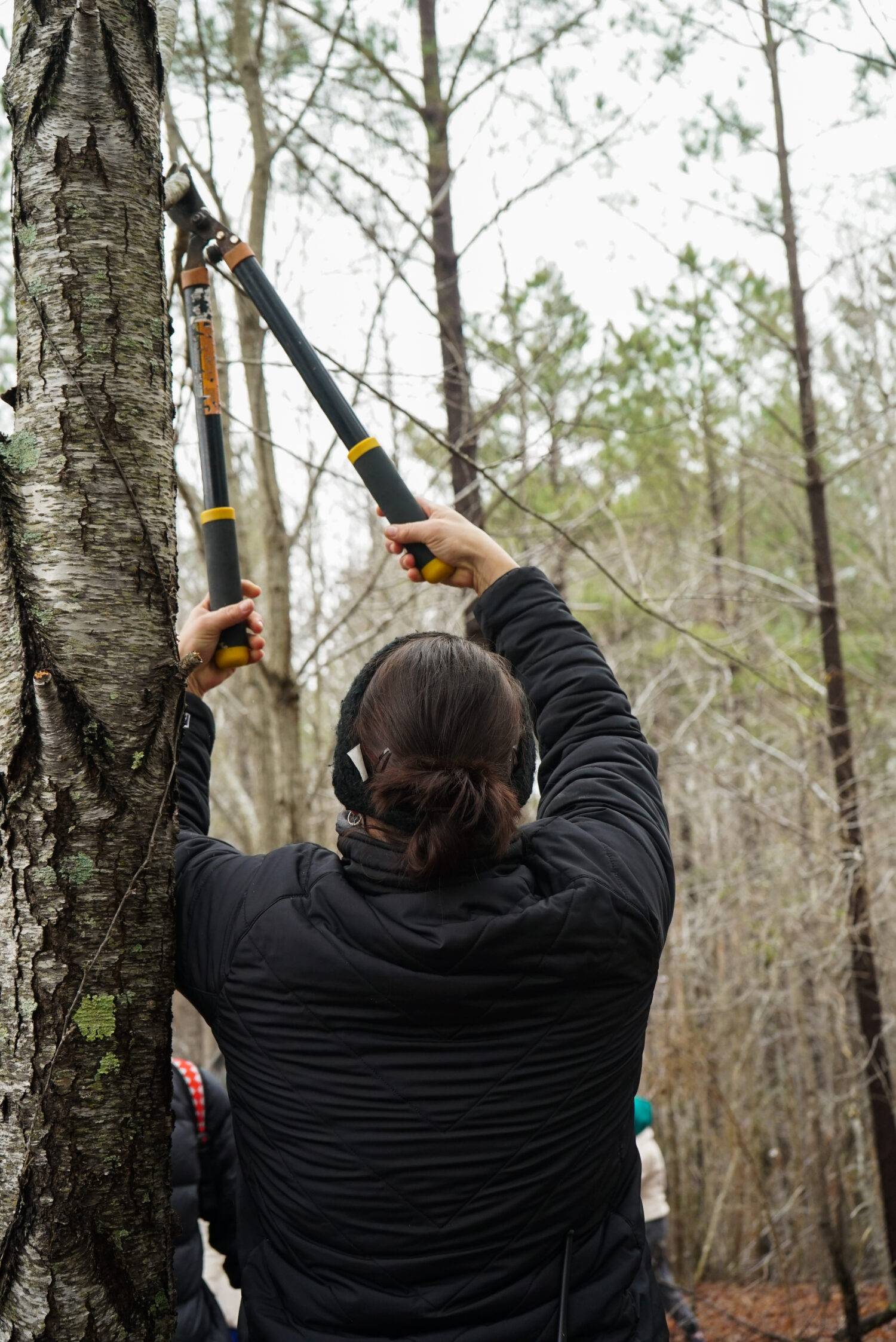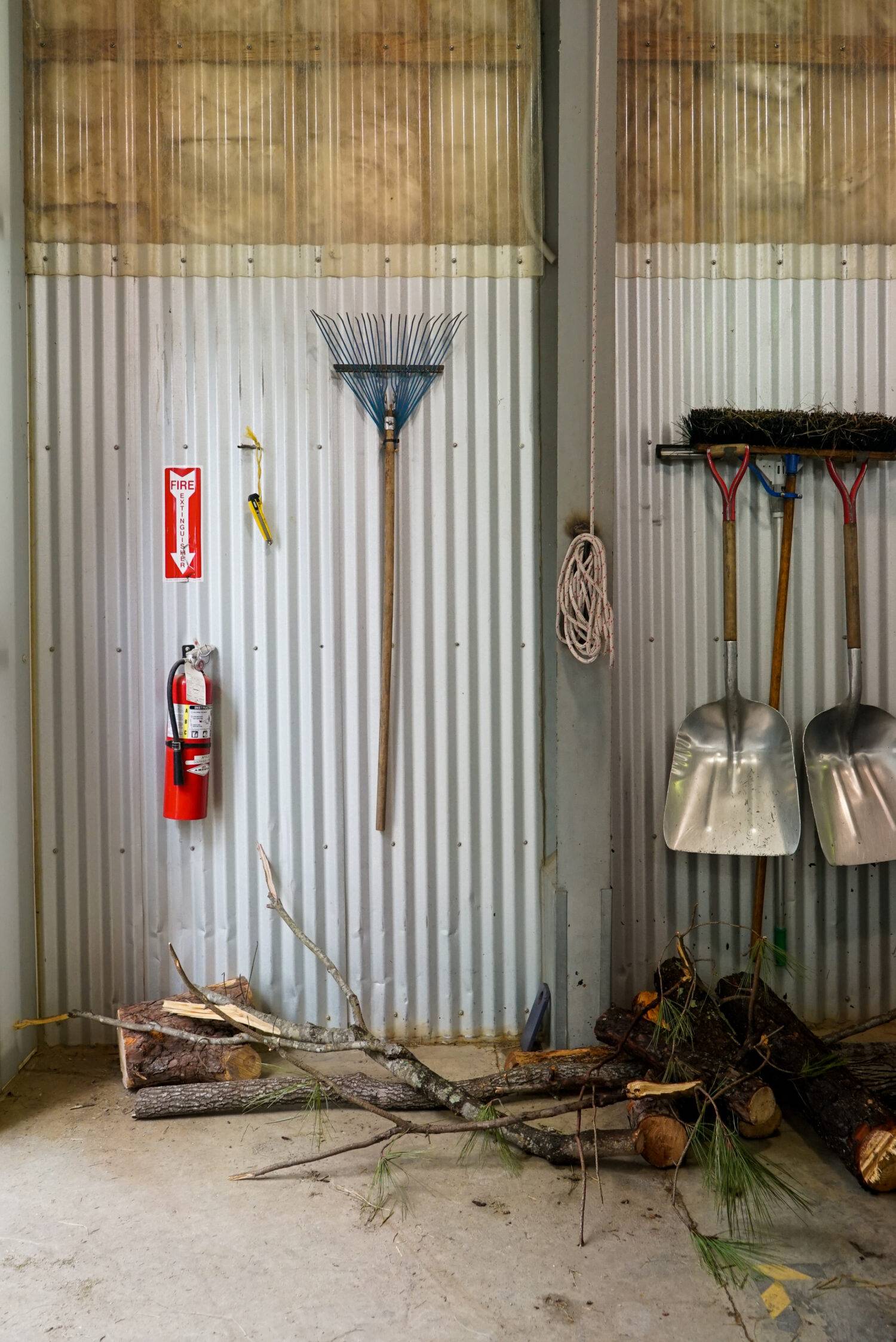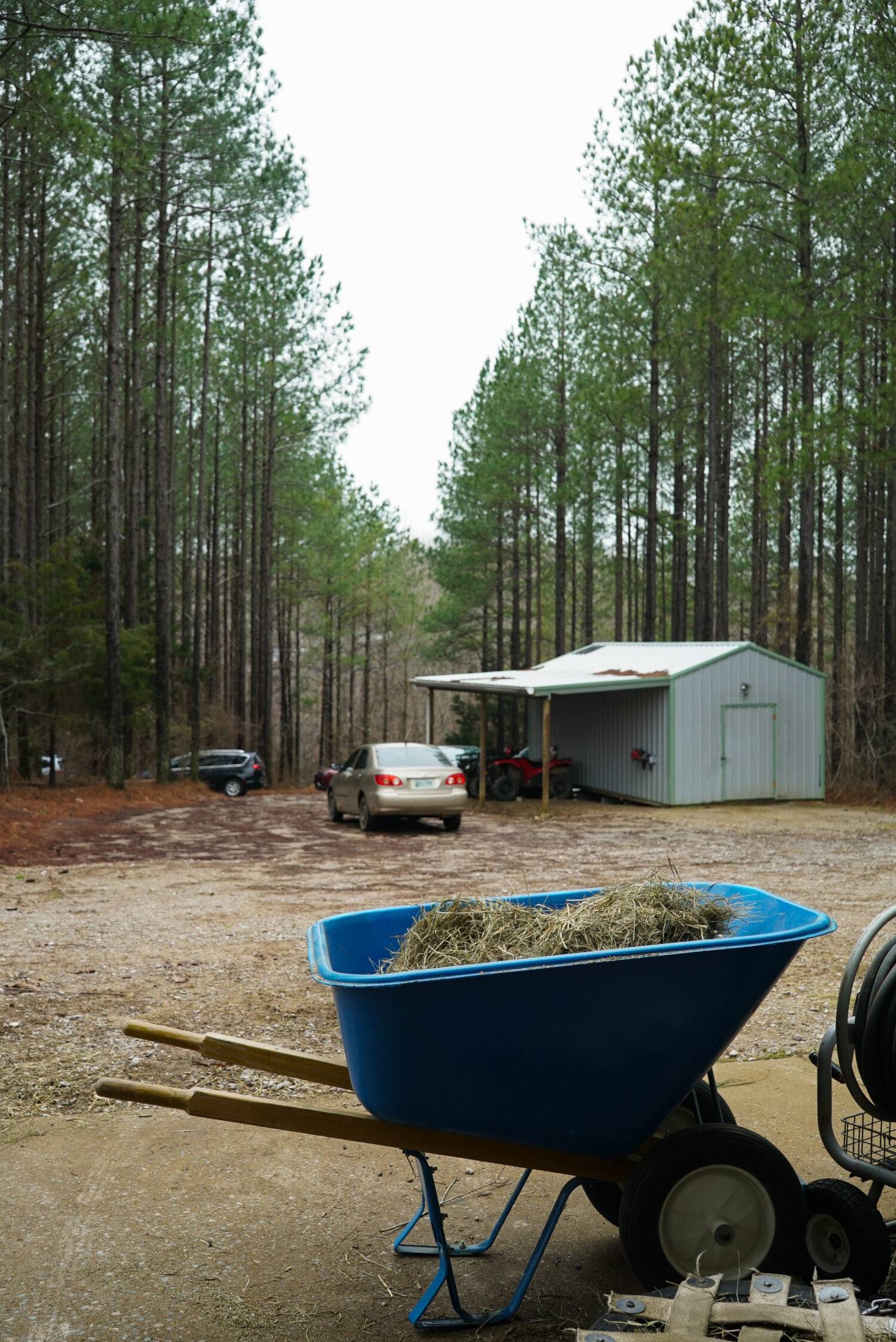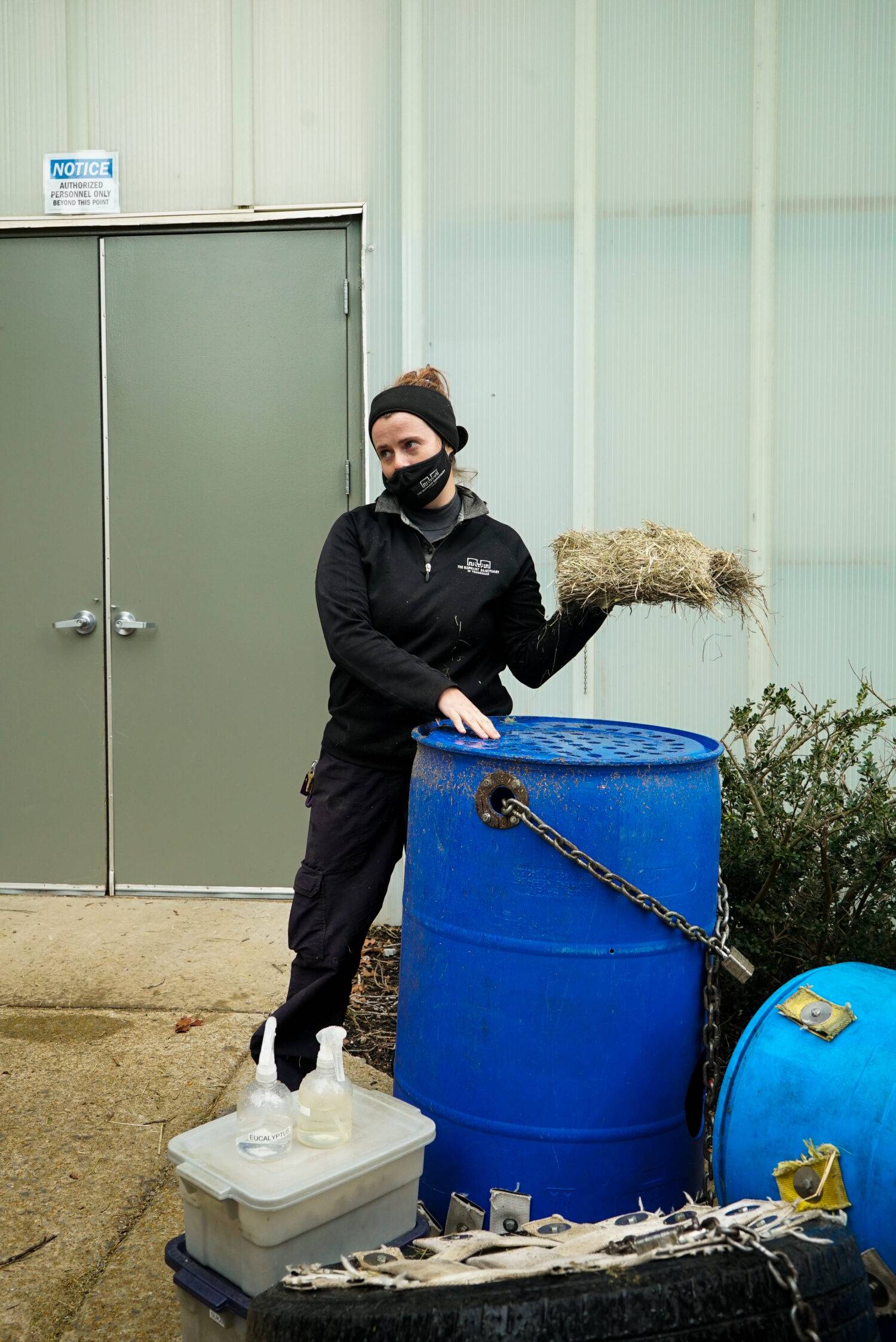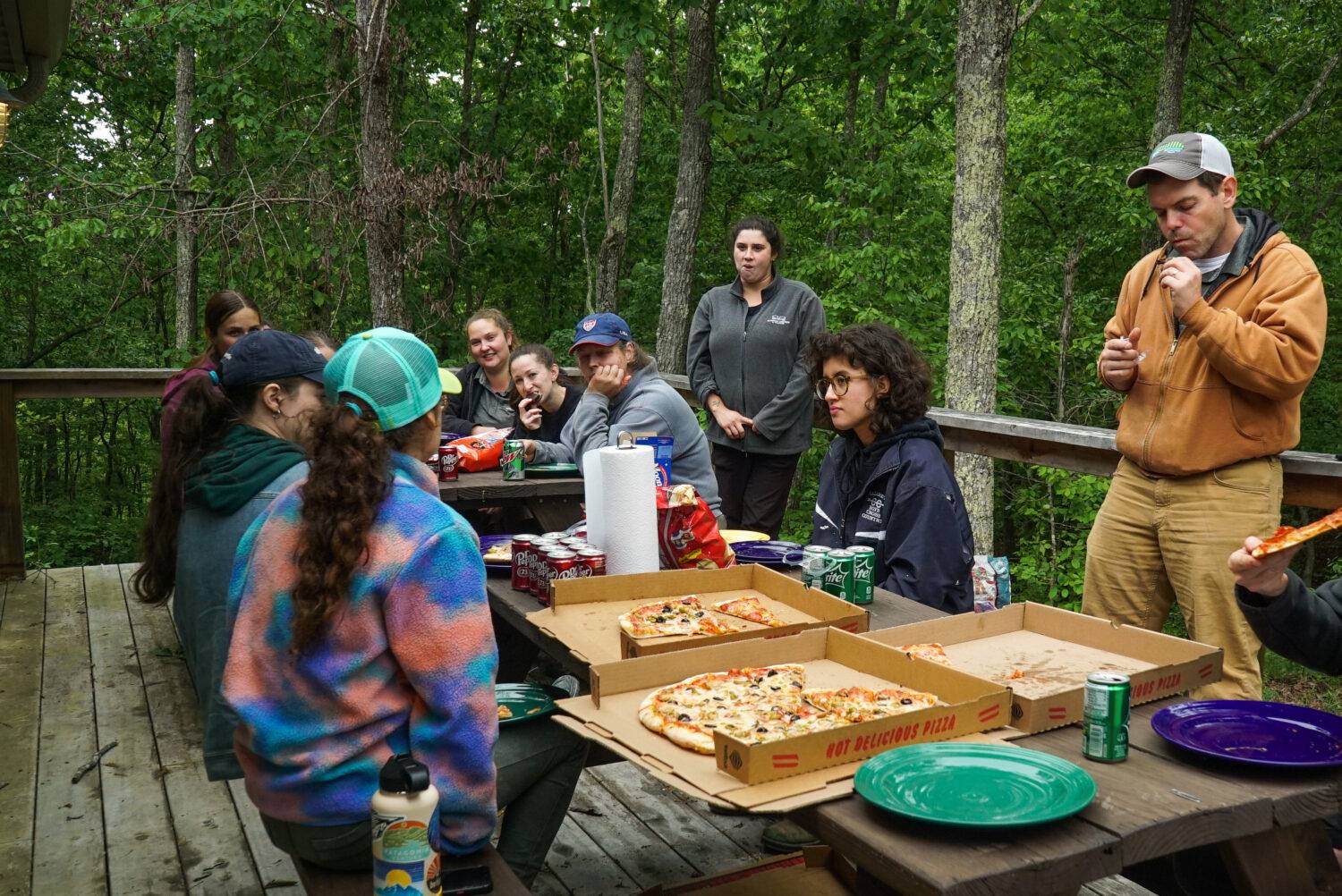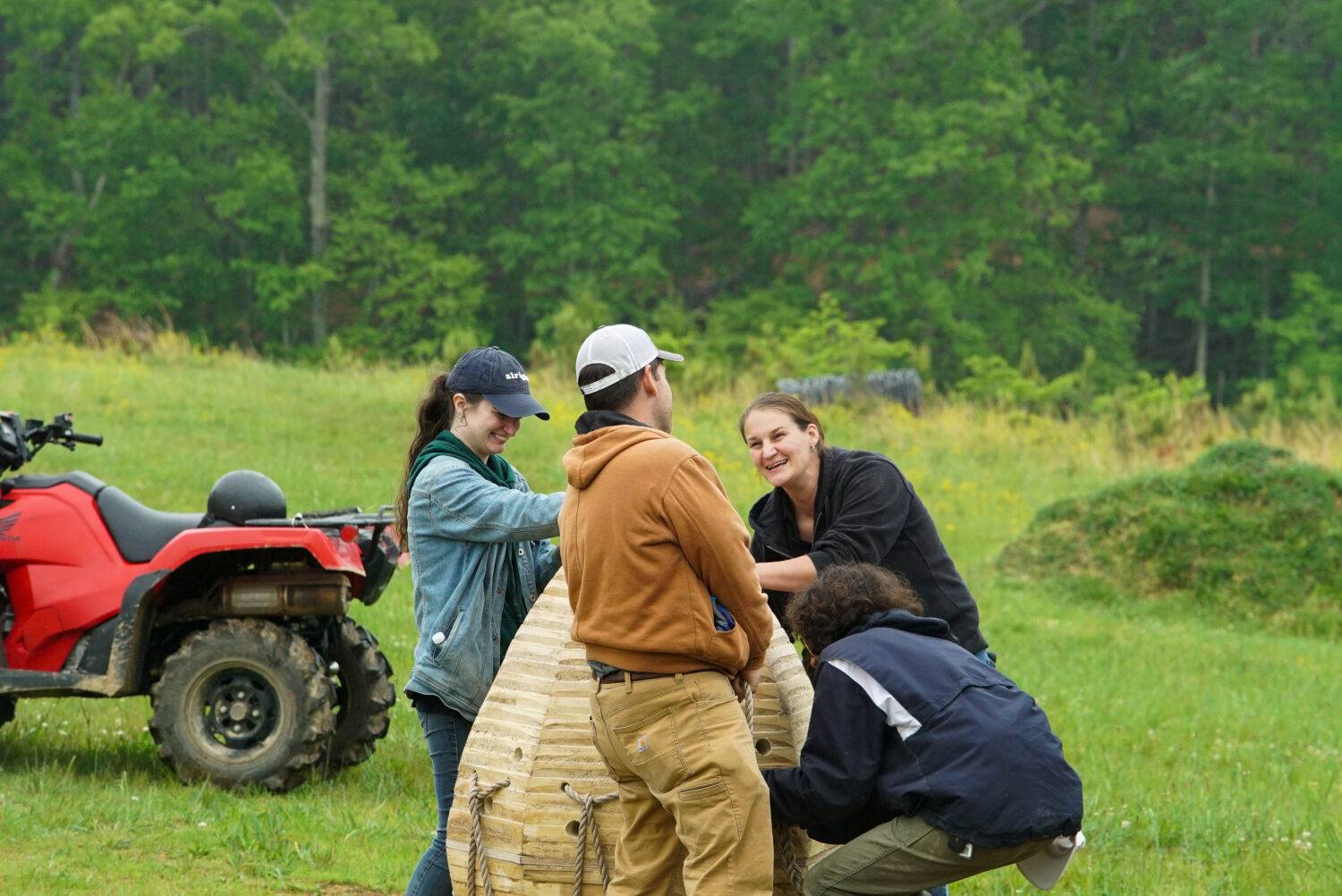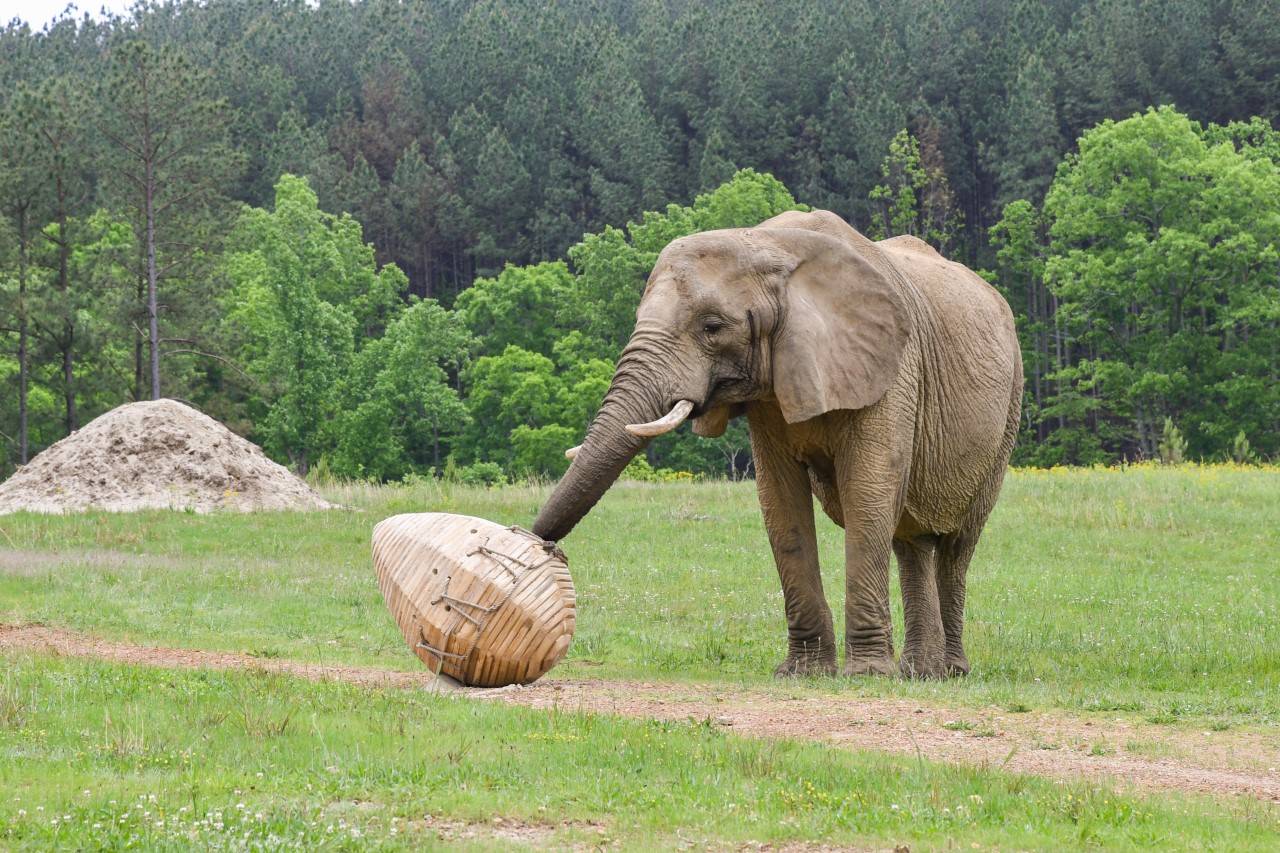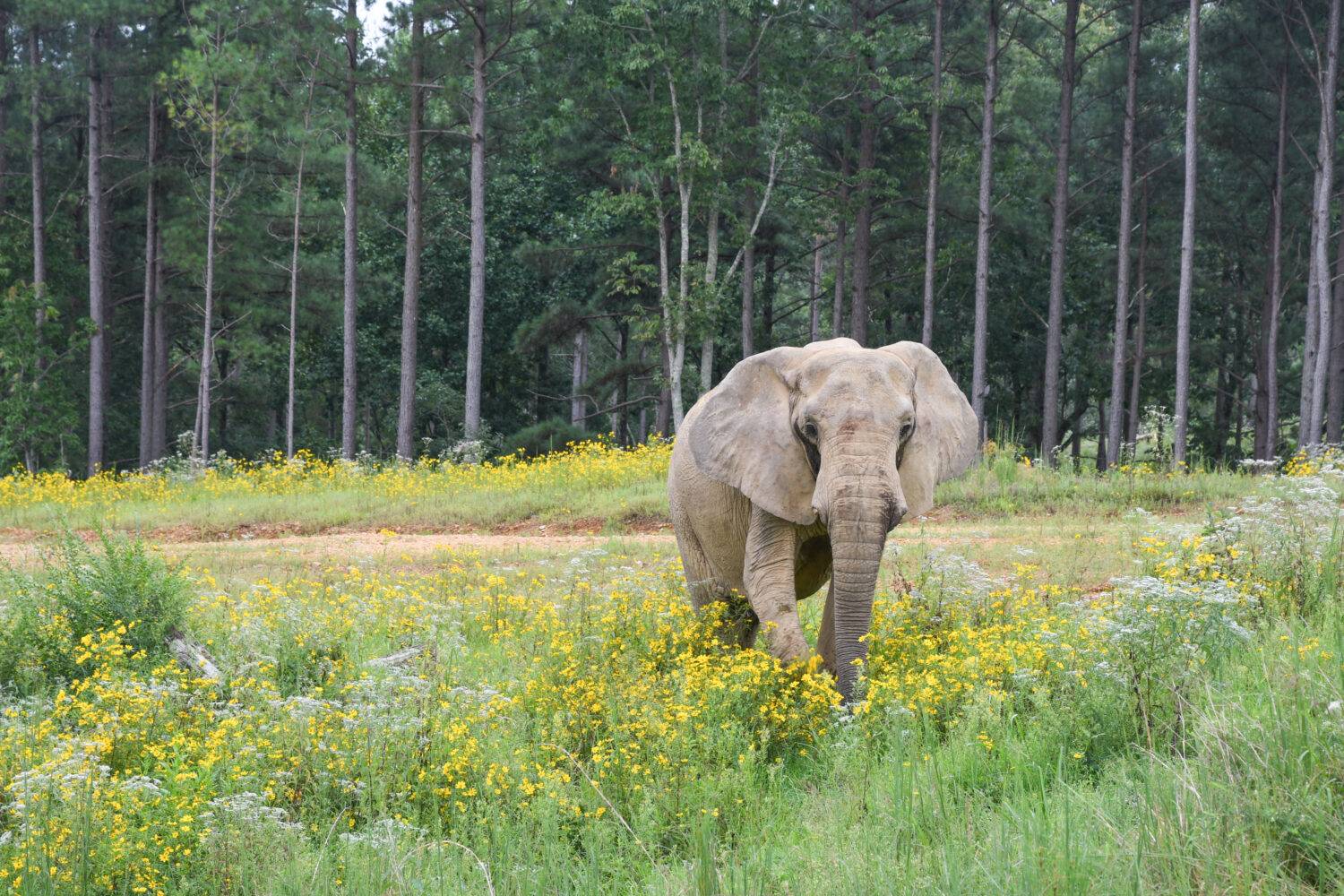
In the outskirts of Nashville, TN lies a safe haven for retired elephants. This semester, one SAIC class, Design for Nonhuman Kinds: Elephants, had the privilege to visit The Elephant Sanctuary to conduct research on Earth’s largest land animal before coming up with enrichment designs for them. In such a place, it’s easy to direct all of our attention to the enormous creatures and neglect their (comparatively) tiny human caregivers who are dedicated to their wellbeing — the Guardians of The Sanctuary. Who are they and what do they do? Let’s find out with Todd Montgomery, Kristy Eaker, and Madeline McWhorter.
Note: The Elephant Sanctuary is an accredited sanctuary and the elephants’ habitats are not open to the public. The Sanctuary also operates an Elephant Discovery Center museum in downtown Hohenwald, TN that is open to the public and offers programming on elephants, conservation, and The Sanctuary story. For more information on The Elephant Sanctuary, you can visit elephants.com.
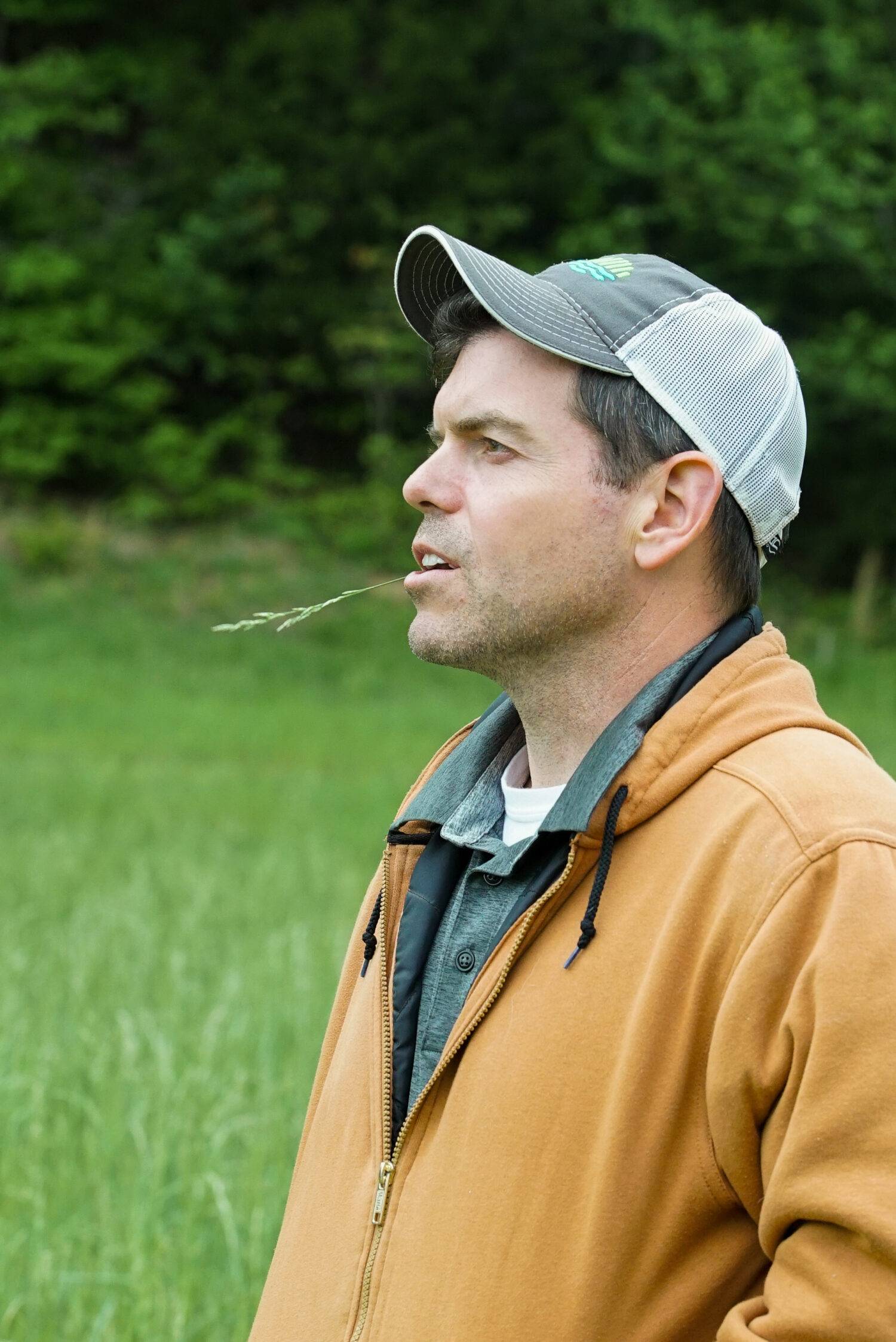
Natia: What is your role at The Elephant Sanctuary?
Todd: I oversee The Sanctuary’s education, outreach, and donor services department. That includes programming at the Elephant Discovery Center, our virtual field trips, volunteer opportunities, internships, and donor fulfillment (very important given that The Sanctuary is completely funded by private donations).
N: What are your prior education and/or work experiences? How did you arrive at this job?
T: I have a degree in anthropology and history from the University of Arkansas-Fayetteville, and I’m also completing my master’s in public administration and nonprofit management at Tennessee State University. All of my professional careers have revolved around teaching in non-traditional settings, i.e. farms, day camps, workshops, mostly focused on animal care and community development. So I’d like to think I was a good fit for The Sanctuary.
N: How long have you worked here?
T: It will be ten years in January!
N: What’s the best part of your job?
T: I love working with volunteer groups like SAIC. While The Sanctuary isn’t open to visitors, we do offer a handful of volunteer opportunities throughout the year where supporters can work alongside staff to complete work projects. I also enjoy helping with our virtual field trips — getting to meet a new group of students every day and hopefully get them excited about elephants. It’s really fun and gratifying.
N: Can you share a fun fact about elephants?
T: Elephants are very good swimmers. And you’d think that a much bigger animal would be much warmer, but actually, their healthy body temperature is about the same as ours (99 or 100ºF).
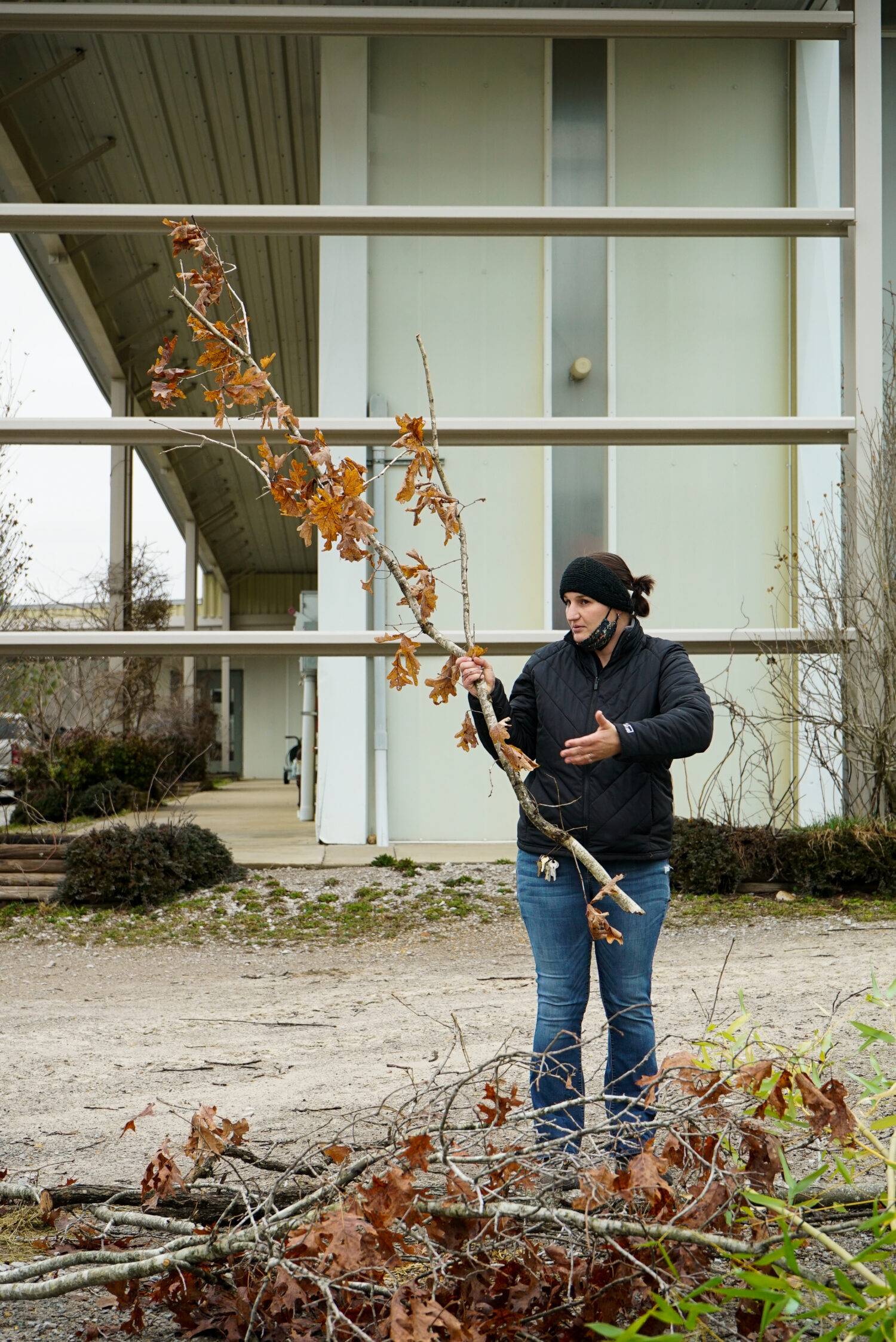
Natia: What is your role at The Elephant Sanctuary?
Kristy: I oversee the husbandry department at The Sanctuary. We have three separate barns, currently housing nine elephants, and 18 staff. My role includes supervising the elephant care but also program writing, staff development, and overseeing our specific programs such as enrichment, welfare, browse, and foot care.
N: What are your prior education and/or work experiences? How did you arrive at this job?
K: I have a degree in biology with an emphasis in zoological care. I have specific studies in ethology and rehabilitation. My career started as a large animal vet technician, primarily working with horses. I also managed an equine farm and trained horses as well as trained humans how to ride. I started my career in exotic and captive care as a zookeeper at two different facilities where I primarily worked with big cats and African hoof stock. My zookeeping career led me into a general curator position, and I was in that role for four years before coming to The Sanctuary. I started as a caregiver at The Sanctuary in 2011 and worked my way up to a barn lead and now the senior manager.
N: How long have you worked here?
K: Ten years in February!
N: What’s the best part of your job?
K: Seeing elephants overcome their traumatic pasts and learn to trust and live freely again. One of the best gifts we are able to give the elephants is autonomy. They learn that they can control their environment, when and if they train or come inside, who they spend their day with and where they want to travel. The absolute best part is seeing them arrive at The Sanctuary from day one and watching them go through the process, taking strides such as learning to traverse a hill, push over a tree, wallow in the mud, dig a big hole, or walk away from us. Many captive elephants do not have the environment to be able to choose to do these things.
N: Can you share a fun fact about elephants?
K: Elephants have six sets of teeth in their lifetime. They have four molars in their mouth but can have up to eight molars at a time. These molars are pushed out as the new tooth grows in and they shed the old tooth. We often find those sheds in the habitats and barn. We closely monitor the elephant’s teeth at The Sanctuary as many of our elephants are geriatric and are on their last set of molars. Once an elephant sheds those last molars, they are at the end of their lifespan. Shirley, our almost 73 year old elephant that passed last year, still had all her molars! Another cool fact is that Asian and African molars look completely different!
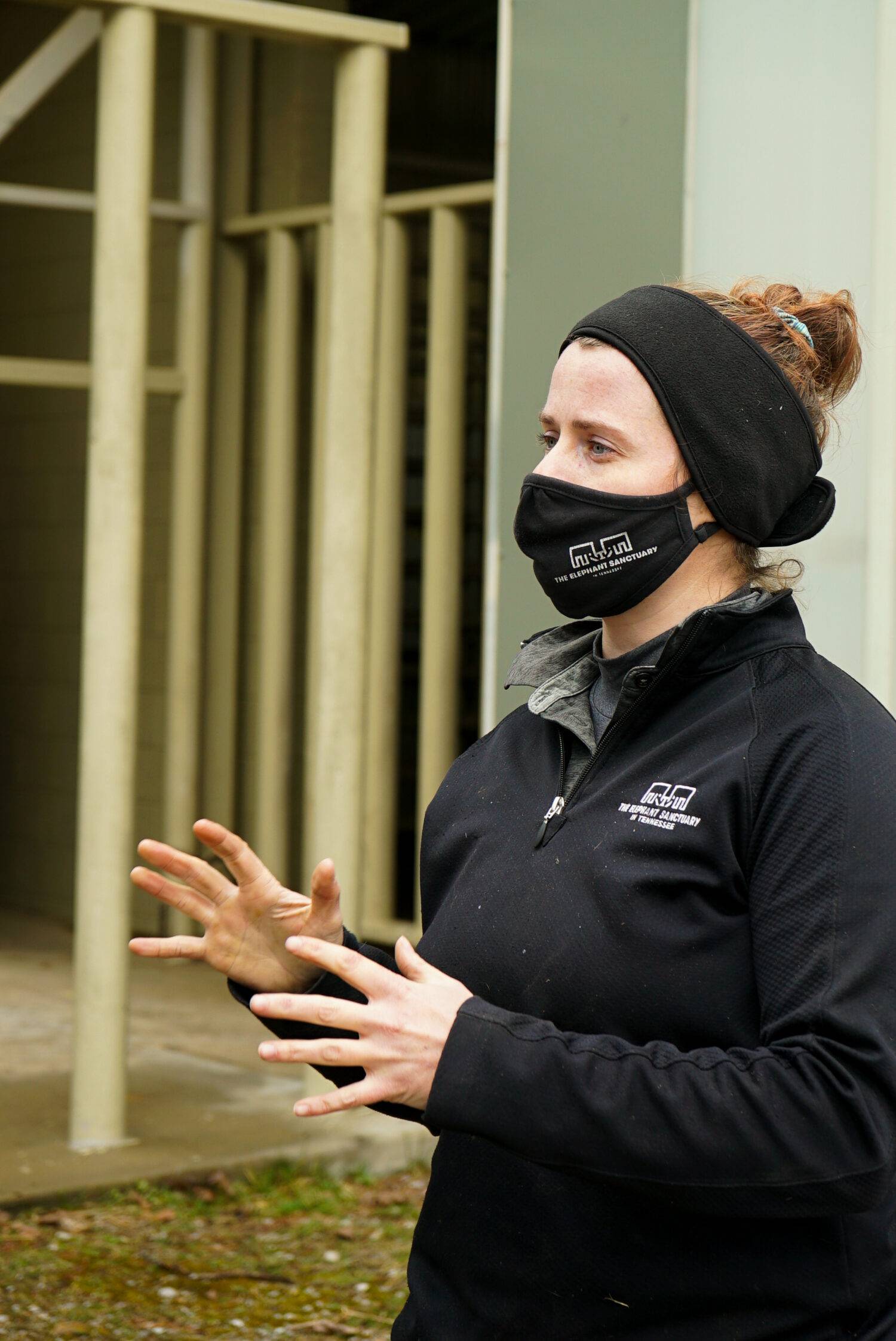
Natia: What is your role at The Elephant Sanctuary?
Madeleine: Africa barn and habitat lead caregiver
N: What are your prior education or work experience? How did you arrive at this job?
M: I studied science and zoology for my undergraduate where I learned a lot about environmental physiology of animals and animal behavior. But I did focus on marine mammals and large mammals — elephants have always been my favorite. I did an internship with [The Elephant Sanctuary], then another one with great apes and rhinos, and one more with dolphins, seals and sea lions. This [position at The Elephant Sanctuary] was the first thing that opened as a full-time, paid position.
N: How long have you worked here?
M: Over three years.
N: What’s the best part of your job?
M: Getting to build relationships with the elephants and really seeing the moments where you earn their trust. When they’re in pain and they let you treat them, or when they ask for treats directly into their mouth, these are really big signs of “I’m really comfortable with you!” There’s a lot of trust-building, and when you get that, it’s pretty rewarding.
N: Can you share a fun fact about elephants?
M: Elephants can drink about a quantity of a bathtub (about 50 gallons) on any given day. And they can lift anything as tiny as a sunflower seed and as big as a refrigerator.
